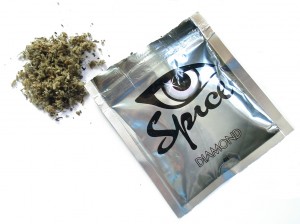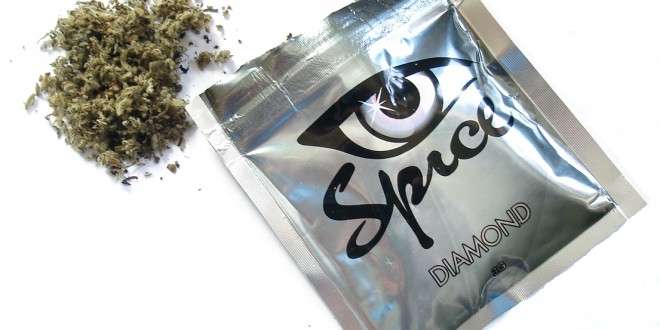Synthetic marijuana, a dangerous chemical concoction designed to produce a weed-like high, claimed another life in California last month.
 Connor Eckhardt, a 19-year-old California teen, died shortly after taking a single hit of synthetic pot, also known as K2 or Spice. The drug consists of dried herbs sprayed with chemicals that mimic marijuana’s effect on the brain.
Connor Eckhardt, a 19-year-old California teen, died shortly after taking a single hit of synthetic pot, also known as K2 or Spice. The drug consists of dried herbs sprayed with chemicals that mimic marijuana’s effect on the brain.
Eckhardt suffered immediate and severe adverse effects, according to his parents. He slipped into a coma, suffered brain swelling, and soon died.
“In a moment of peer pressure, he gave into that, thinking that was OK, it was somehow safe, and one hit later, he goes to sleep and never wakes up,” said Echardt’s father, Devin Eckhardt.
Real weed is provably safe, and nobody has ever died from smoking it. Synthetic pot is a different story.
These products are designed – and redesigned – by amateur chemists trying to stay one step ahead of the law. As soon as the government declares a particular synthetic brew illegal, the chemists simply use different chemicals to produce the same effect.
And so it goes, and has gone, for years. Synthetic marijuana is appealing, especially to teenagers, because it’s easier to get. And they mistakenly think it’s as safe as the real thing.
Most known formulations of synthetic cannabis are now illegal in most places. But some head shops and tobacco stores sell the stuff anyway, or sell a new blend that might not be illegal.
Smoking synthetic pot has similar effects from toking real dope. But it can cause nasty side effects not associated with genuine marijuana. Those include psychotic breaks, irregular heartbeat, and seizures.
 Many of the most graphic stories about synthetic weed simply aren’t true. It has never been known to cause anyone to eat anyone else or otherwise go violently berserk.
Many of the most graphic stories about synthetic weed simply aren’t true. It has never been known to cause anyone to eat anyone else or otherwise go violently berserk.
But the consequences of using the stuff can be deadly all the same. Numerous fatalities have been reported across the country since Spice and K2 gained popularity several years ago.
“These substances are not benign,” said Dr. Andrew Monte, lead author of an editorial in the New England Journal of Medicine. “You can buy designer drugs of abuse at convenience stores and on the Internet. People may not realize how dangerous these drugs can be – up to 1,000 times stronger binding to cannabis receptors when compared to traditional marijuana.”
The problem is that teenagers in particular don’t know or appreciate that difference. They see synthetic weed as a cheap, “legal” high, no worse than real pot. But just because it’s on sale at a gas station doesn’t mean it’s legal, and it certainly doesn’t mean it’s safe.
 California Marijuana Market Breaking "Marijuana News" from CA
California Marijuana Market Breaking "Marijuana News" from CA


